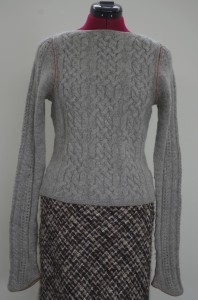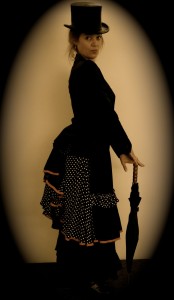 Two years ago I bought a knitting machine at last! It is so exciting to explore the new possibilities! People tend to think that owning a knitting machine gives you the possibility to make anything you want in no time. Well, I’m sorry to disappoint you, it doesn’t work like that. It can do things you wouldn’t be able to do with needles and vice versa. It is really a very different kind of craft. You’ll first have to get acquainted with all the do’s and don’ts. I actually took lessons to learn the art of machine knitting.
Two years ago I bought a knitting machine at last! It is so exciting to explore the new possibilities! People tend to think that owning a knitting machine gives you the possibility to make anything you want in no time. Well, I’m sorry to disappoint you, it doesn’t work like that. It can do things you wouldn’t be able to do with needles and vice versa. It is really a very different kind of craft. You’ll first have to get acquainted with all the do’s and don’ts. I actually took lessons to learn the art of machine knitting.
A straight piece of jersey is quickly made, that’s true. I could make pullovers out of these quickly made pieces of jersey, that’s also true. But I don’t want that. I am keen on using the possibilities the machine gives me in a creative way, to make advantages out of its disadvantages (disadvantages in the eyes of a former hand knitter, that is to say).
Read More»




